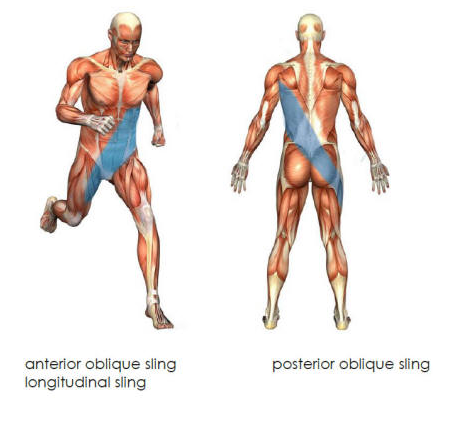By David McGill
Do you struggle to do, or feel pain when performing sit-ups, roll-ups, 100’s or crunches in your quest for a toned-flat stomach? If so, you might think very carefully and change your exercise methods after you learn what Dr. Stuart McGill Ph.D has discovered during decades spent as a leading professor of spinal biomechanics at the University of Waterloo, Canada.
As a world renowned expert in low back disorders who researches how the low back functions and how it can become injured, he’s established that sit-ups, roll-ups and similar ‘spinal flexion’ exercises place 3,300 Newtons (the equivalent of 340 kg) of compressive force on the spine when bent in flexion. These forces can squeeze a bent disc’s nucleus (located between the spinal bones/ vertebrae as shown in the diagram) to the point that it bulges, pressing on nerves, causing back pain, and potentially leading to a herniated, inflamed, swollen disc/s.
The injury mechanism leading to a disc herniation is repeated trunk or spinal flexion/bending (Tampier, et al., 2007). “There are only so many bends or a ‘fatigue life’,” in your spinal discs,” says McGill. “If you keep flexing your spine and bending the disc over and over again, that nucleus slowly causes a disc bulge, or a disc herniation.” This leads to persistent back and leg pain, weakness and tingling. If people are sitting all day at a computer, lifting objects for work, or driving medium to long distances, their backs can already be at risk for injury.

The diagram below shows how the percentage of compressive force upon the spine drastically increases during trunk/spinal flexion movements, whether lying, sitting or standing:
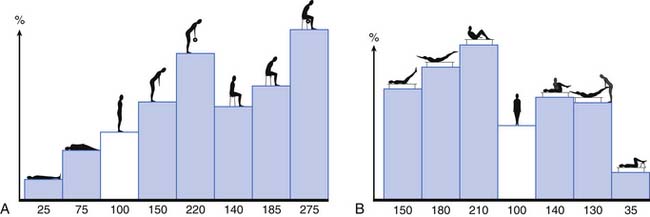
Training to improve the strength of the back and core is important however exercises to strengthen the back and core must be safe, effective, functional and specific to the individual.
“We stopped teaching people to do crunches a long, long time ago,” says Dr. Richard Guyer, president of the Texas Back Institute. That’s because the “full flex” movement or the actual “crunch” part of crunches puts an unhealthy strain on your back at its weakest point. The section with the most nerves (and most potential for nerve damage) is in the back of the spine, which is the very part that bends and strains during a sit-up or similar spinal flexion exercise/ movement.
A sit-up, crunch or roll-up is merely a back bend standing upright, yet done in a lying position. “When people do these types of exercises, they are replicating a very potent injury mechanism on their back,” says McGill. “Every time they bend it they are one repetition closer to damaging the disc.” According to McGill, “if you do enough sit-ups you’re going to hurt your back. Our backs only have so many bending cycles in them. Everyone is different based on genetics, but our backs are like wire coat hangers. Bend that coat hanger back and forth so many times and it’s going to weaken and finally break.”
Doing a sit-up or abdominal flexion exercise doesn’t train your abdominal muscles to do the job for which they were designed, which is to keep your spine straight, secure and provide power for your movements. In everyday life, “the abdominals are braces,” says McGill. When doing any athletic movement, even opening a door the spine is in a neutral posture, not flexed, and the abdominal muscles are contracted to brace the spine.”
As well as placing stress upon the lower spine, repeated forward bending/flexion of the upper (cervical and thoracic) spine prompts a rounded, kyphotic spine and misalignment of the bones/vertebrae (as shown in the diagram). This leads to a forward protrusion of the head and rounding of the shoulders, exacerbated by a tightening of muscles around the neck and chest. This can be rectified using corrective exercise, massage and manipulation, otherwise worsened by exercises such as sit-ups, roll-ups and crunches.
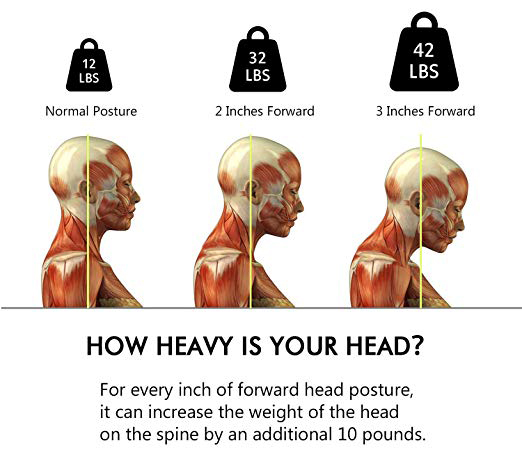
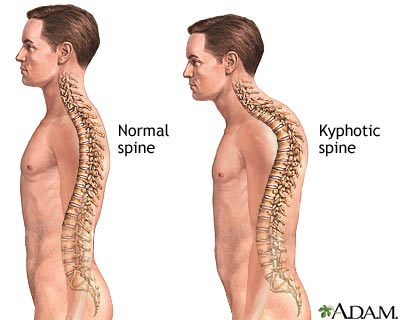
The following diagrams show how the nerves and arteries (vessels) emitting between and passing through cervical bones of the neck (vertebrae) are reliant upon correct alignment of the bones and foramen (holes within the bones through which they pass). Regular bending/ forward flexion of this spinal region, common in many abdominal exercises, will cause tightening of surrounding musculature, misalignment of the bones, subsequently leading to nerve impingement and restrictions in blood flow in the vessels which supply the brain.
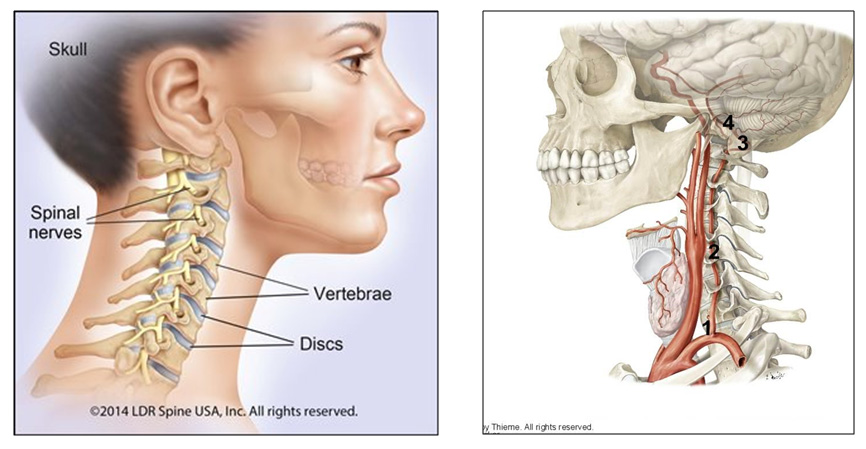
Oblivious to those people performing them, sit-up exercise variations and many other abdominal exercises also involve a significant contribution from the hip flexor muscles which activate in executing the movement. In a conventional sit-up, the abdominals predominantly activate from the start of the movement until 30° of elevation/ flexion, after which the hip flexors take over and dominate for the rest of the movement. Most people with lower back pain are advised to avoid sit-ups due to the element of hip flexor work that would impose greater tension to an already over-used muscle group.
By increasing in tension and tightness, the hip flexors can prompt other muscles to shorten and tighten such as the thighs and lower back. This results in postural misalignment known as Lumbar Lordosis which affects men as well as women. The diagram shows how the forward tilting of hips/pelvis exacerbates the concave, compressed curvature of the lower spine. This prompts lower back pain and affects the appearance of the body by causing a convex protrusion of the lower stomach. Many exercisers often mistake this stomach protrusion for excess weight gain, performing endless, straining, back-breaking abdominal exercises, yet see no difference in their stomach shape and tone.
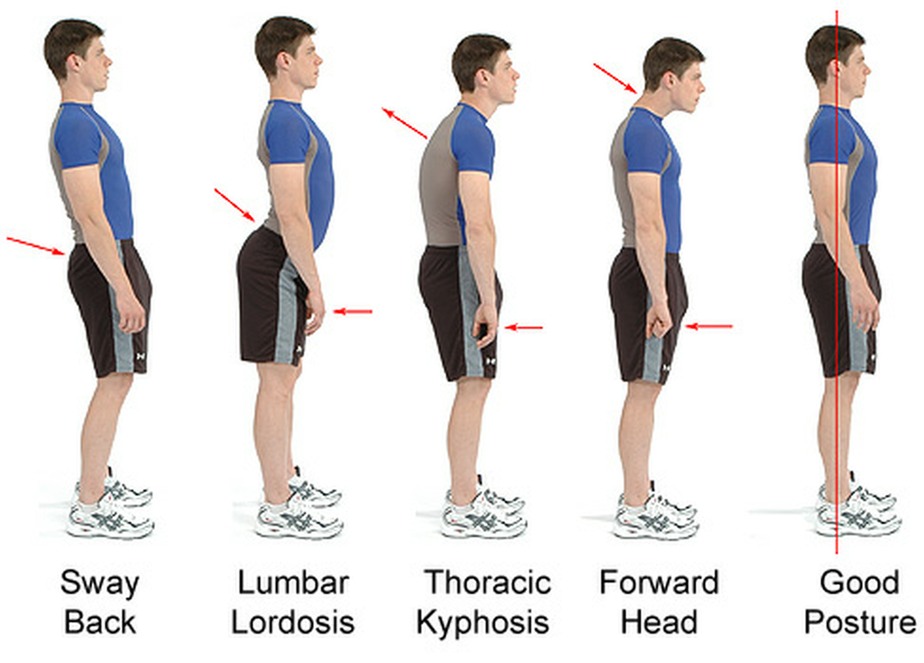
Crunches, sit ups and other such exercises can have further detrimental effects. Repetitively performing abdominal sit-ups/crunches can cause the oblique muscles of the abdominal region to deactivate, becoming passive and dormant (Sahrmann 2002).
The oblique muscles are essential for the safe and effective upper body rotational movements required during daily body movements such as walking, as well as sport/leisure activities such as golf, running and tennis. If these muscles fail to activate and fulfil their role, the lower back muscles will ultimately bear the responsibility and subsequent workload, prompting muscle fatigue, discomfort and pain to be felt in this area.
Many of the ‘core strength’ exercises often prescribed to people have good intentions. When suitable for the individual, they can indeed be very beneficial. Though some people may succeed in improving their ‘core strength’, ‘core stability’ won’t be achieved if their spine and hips remain misaligned and other important essential muscles, such as the bottom, designed to work in unison with the stomach constituting the anterior and posterior oblique system (see diagrams to right), aren’t simultaneously strengthened. The body is reliant upon the correct functioning of these systems in all physical activity including golf, tennis, running and walking.
At Bodyrefine, we precede exercise prescription with a comprehensive postural assessment. The corrective and progressive, integrative abdominal exercises we prescribe our clients all involve neutral spinal alignment, minimising stress on the spine and other body structures. This ensures safety, efficiency and effectiveness in muscle activation, postural alignment and physical presentation. Endorsed by spinal surgeons and osteopaths whose patients they refer to us, we assist a variety of clients in terms of age and level of physical recreational activity.
